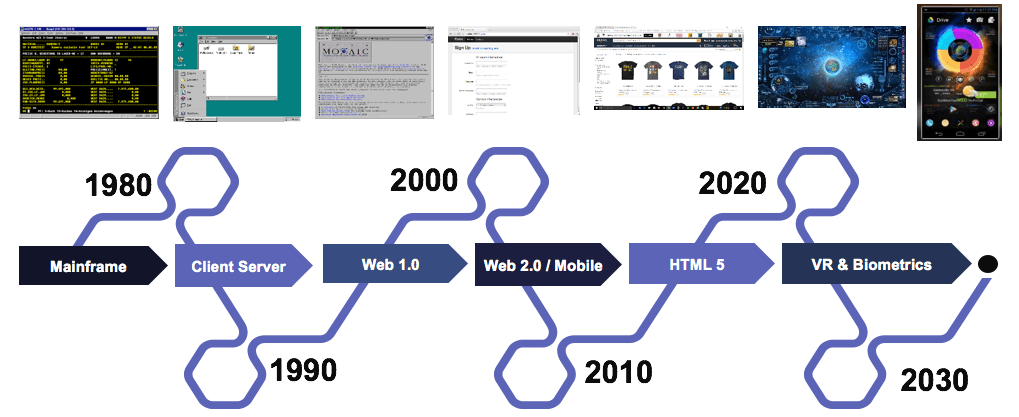During his keynote address at SAP Sapphire Hasso Plattner, co-founder of SAP, noted that “The UI is so important because it’s such a huge cost factor. To train the people, to train the new people, to make people reasonably happy using the system and not complaining all the time. So important. So it is important that they participate in the design process.” Reminiscing on how far technology has come, Plattner added, “We saw how we can come from wireframe design, sketches, to application design, to screen design and then to applications and then to systems we can actually test, interactively run, and let the user confirm, or the user groups confirm that we did it right and that we’re on the right track.” UI in testing plays a crucial role in this evolution.
It’s true that technology has advanced rapidly, with the UI now more important than ever to software development. The UI of an enterprise application is critical because it is what end-users see first when they are exploring new or newly redesigned software. An application’s interface can save time and money, or can just as easily become a major point of frustration. That’s why it’s so important to listen to external and internal feedback when it comes to developing new features and updating the UI to help people complete tasks and projects faster. In this context, the concept of UI in testing is integral to ensuring a seamless user experience.
UI Evolution – From Mainframe to Virtual Reality (VR)
Over the past 30+ years, there has been a gradual transition away from traditional, functional interfaces toward interfaces designed with changing end-user needs in mind. This comes as businesses are realizing that there’s more to factor in than just click counting and basic navigation – it’s about the overall user experience. Functional interfaces were created in part to efficiently present and interact with essentially static data and data models. Today, user-driven interfaces have become the norm because customers demand highly dynamic, interactive, customizable, and even predictive data. Unfortunately, from a quality assurance standpoint, modern UIs present complex testing challenges. Here, the approach of UI in testing becomes essential.
Rise of the Dynamic User Interface
The shift to dynamic user interfaces started with the PC revolution and corresponding transition to client-server architecture. More recently, many attribute the increasing focus on enterprise application interfaces to the consumerization of IT. As individuals were introduced to intuitive, data-driven interfaces in consumer applications (think Netflix, Amazon, or Facebook), they began to expect the same from the applications they use at work.
This trend toward highly customized experiences is forcing businesses to focus on more than just usability when building interfaces. Designers must constantly ask themselves whether a particular element frustrates users or makes their jobs easier. The most successful interfaces focus on using and manipulating data to help people complete projects in less time, with less stress. In turn, users can enjoy their jobs more which leads to them being happy employees which reduces the level of turnover for enterprises, resulting in cost savings overall.
Meeting the UI Testing Challenge
Although dynamic user interfaces present a host of benefits, they remain challenging to test and build test scenarios for. It’s undoubtedly easier to ensure quality for traditional interfaces such as SAP GUI than for dynamic interfaces like Fiori-driven websites. While traditional interfaces focused on simple data presentation, dynamic interfaces are structured in terms of drawing conclusions from data and pulling analytics from activities. Thankfully, intelligent automation makes effective QA possible for the modern UI. Worksoft Certify uses cross-browser testing that enables teams to accomplish more than they could with manual testing through parallel automated tests. This helps prevent defects before they happen, and ensures that business processes work as designed in even the most complex use cases.
Worksoft Certify also supports exploratory testing capabilities. Exploratory testing enables power users to start a recording, perform tasks as usual, and mark the exploratory test as a success or failure. These ad-hoc tests can then be imported into Certify and associated with a requirements module. A test result with actions and screen shots is created so that any uncovered defects can be pushed to a defect tracking system. Corresponding automated tests are generated to complement exploratory tests so developers can recreate defects and easily run automation.
From the patented Object Action Framework to exploratory testing, Worksoft takes the pain out of ensuring quality for modern enterprise applications. Automation is the only way to keep pace with the growing complexity of dynamic user interfaces.
Learn more about how Worksoft Certify speeds testing of user interfaces here.


